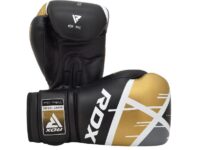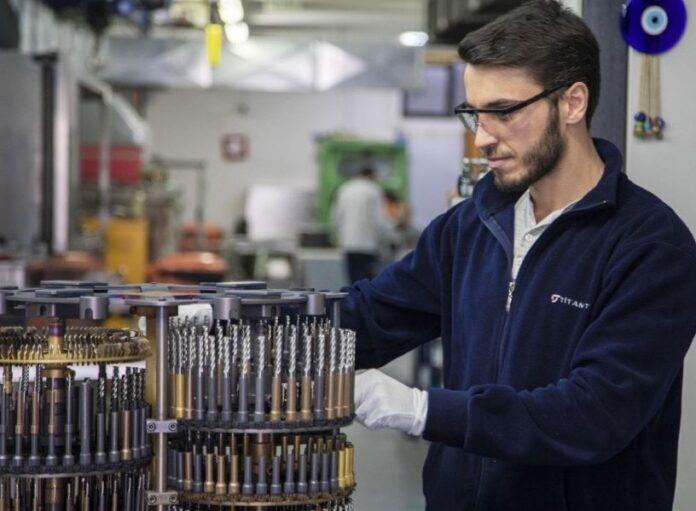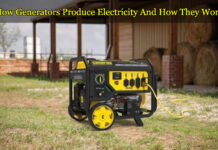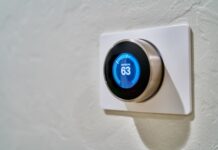Many new products and materials are made using physical vapour deposition (or PVD) coatings, which is the process behind thin films.
These films are being used to create more efficient electronic devices, lightweight solar panels, and effective medical devices that are all making our daily lives much easier.
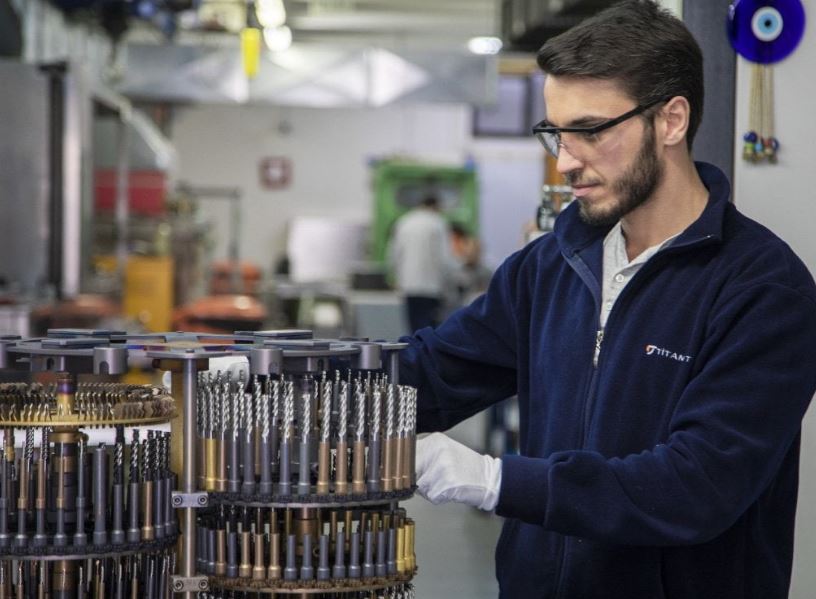
However, there is not just one type of PVD coating that can be used across a wide range of different applications, there are different types that you can choose from.
In this article, we’re going to delve into the different types of PVD coatings, their properties, and the benefits of using PVD coatings in general. Keep reading to find out more.
What is PVD Coating
PVD coatings are used in aerospace, medical and automotive industries and are made when a metal material becomes vaporised and condensed to lay on top of another surface.
The thin film deposition process became popular in the 1970s but has since become a standard practice in many industries due to its ability to produce high-quality, durable products.
There is a range of different PVD processes that can be used to create more efficient and cost-effective products, but there are five processes that you’ll most commonly come across.
PVD Coating Types and Properties
Below, you’ll find some more information on some of the most popular PVD coating types and what makes each process unique.
-
Sputter Deposition
There are two types of sputter deposition: ion beam sputtering and magnetron beam sputtering.
In the former process, ion beams direct electric fields towards a surface that you want to vaporise, which will turn the material into a gas. Then it will follow a process of condensation, where the gas will turn into a liquid and, atom by atom, get laid upon another surface.
On the other hand, during the magnetron sputtering process, positively-charged ions are superimposed onto target parts.
This type of PVD coatings is normally used within the medical industry, especially for the production of lab products and optical films.
-
Electron-beam PVD
Electron-beam PVD is another physical deposition technique that involves a high vacuum targeted that is bombarded with electron beams that transform the material into a gas.
After the material has been turned into a gas, the molecules will cover the entire vacuum chamber with a thin film.
What makes electron-beam PVD special is that it’s able to create highly efficient materials that outperform the materials created by some of the other methods. Electron beam evaporation applications also provide manufacturers with far more control over the structure of the thin film, which makes it perfect for use in the semiconductor industries.
-
Thermal Evaporation Deposition
Thermal evaporation deposition is one of the simplest forms of PVD which involves using a resistive heat source that will evaporate a solid material and lay it on top of another material.
This type of PVD coating is most popular in the computer industry or in making film packaging.
-
Cathodic arc Evaporation /Arc-PVD
Then you have cathodic arc evaporation, which uses a low-voltage arc to transform a metal material from a solid into a gaseous state.
The reason this is so popular is that it is one of the most environmentally friendly options when it comes to PVD coatings, and can make extremely thin coatings in a wide range of colours.
This type of coating also has a transparent finish which means that, when laid upon other materials and products, other colours will show through – something that is especially important if you’re making electronic devices etc.
Combining both aesthetics and durability, this is a common choice for many different types of products.
See also: 7 Benefits of Solar Panel for your home (Living the Solar Energy Life)
-
Pulsed Laser Deposition
The final type of PVD coating is pulsed laser deposition, this is a process that involves using a high-power pulsed laser beam in a vacuum chamber to vaporise the material.
Like the other methods of deposition, once the material has been evaporated, it can then be deposited as a thin film onto another, typically hot, material.
This type of deposition process has been used to create high-quality crystalline films.
Benefits of PVD coatings
PVD coatings are used in many daily products, and for good reason – they come with a range of benefits that help out both the manufacturer and end consumer.
Many of the coatings, regardless of the specific process that’s used to make them, are extremely durable. This means that they are highly resistant and will last the user a long time.
PVD coatings have reduced frictional properties and can be created at low deposition temperatures (between 120°C-350°C) which is a benefit when companies are trying to be sustainable and keep their energy usage down to a minimum.
They also provide excellent adhesion to substrate materials, making it a cheap and effective solution to improving the efficacy of many products and materials, while maintaining dimensional tolerances for precision components.





